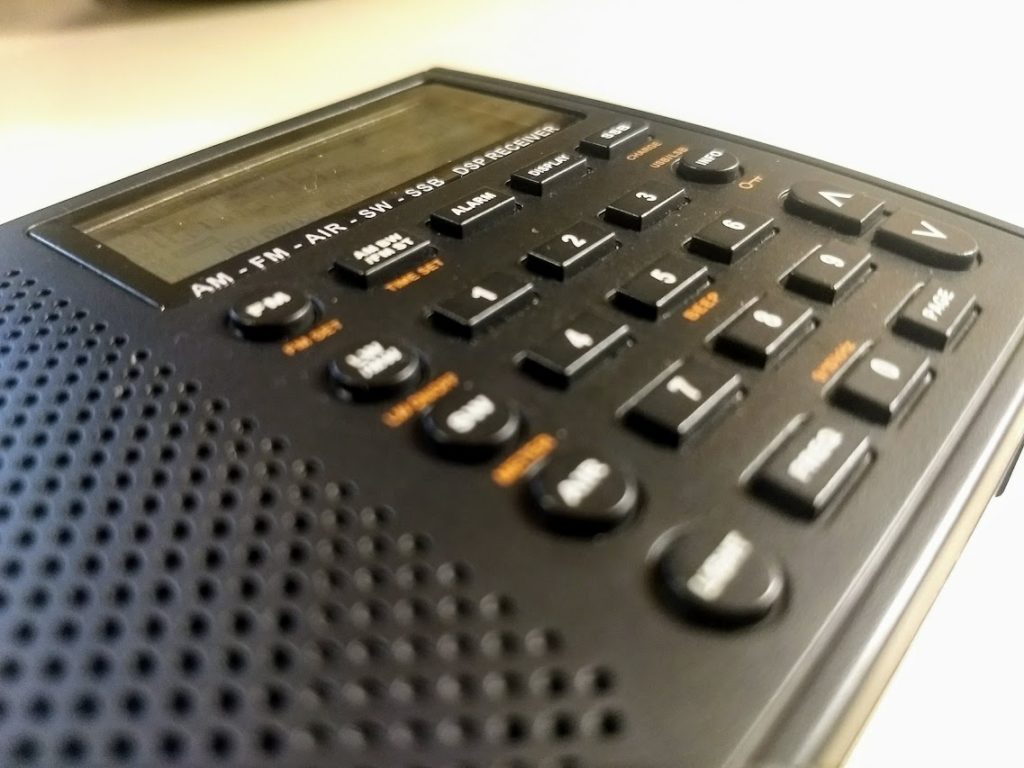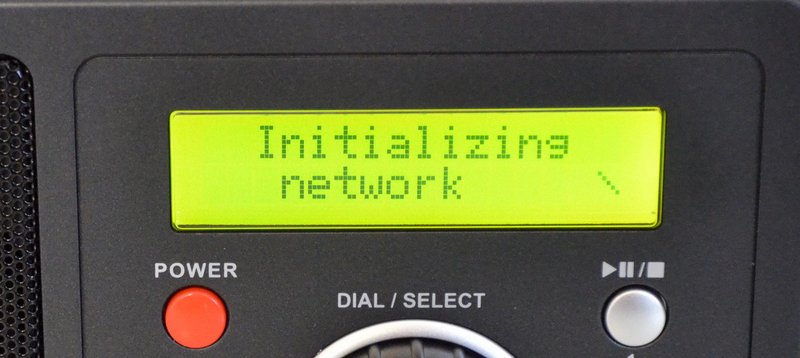Many thanks to SWLing Post contributor, London Shortwave, for sharing the following Have Your Say review of Australian Broadcasting Services in the Asia Pacific:
Review of Australian Broadcasting Services in the Asia Pacific – Terms of Reference
The Government is undertaking a review of Australian media services in the Asia Pacific, including the role of shortwave radio. The review is being conducted jointly by the Department of Communications and the Arts and the Department of Foreign Affairs and Trade.
Purpose
The objective of the review is to assess the reach of Australia’s media in the Asia Pacific region, including examining whether shortwave radio technology should be used.
Scope
The review will analyse the:
- coverage and access of existing Australian media services in the Asia Pacific region; and
- use and value of Australian shortwave technology in the Asia Pacific region.The review will cover:
- all media distribution platforms (i.e. television, radio and online);
- commercial, community and publicly funded services; and
- different types of technologies such as analogue, digital and satellite radio and television services and online services.
Have your say
Interested stakeholders in Australia and overseas are encouraged to contribute to this review. Submissions on any aspect of the review should be uploaded to the review website by 3 August 2018.
Timeframe
The review is expected to report to the Government in 2018.
Background
In September 2017 the Government agreed to conduct a review of Asia Pacific Broadcasting Services as follows:
“The Department of Communications and the Arts and the Department of Foreign Affairs and Trade will conduct a review into the reach of Australian broadcasting services in the Asia Pacific region, including examining whether shortwave radio technology should be used. The review will include public consultation and the report of the review will be made public.”
Consultation Period:
June 04, 2018 09:00 AEST to August 03, 2018 17:00 AESTThe Australian Broadcasting Corporation ceased shortwave broadcasting in the Asia-Pacific region in January 2017 ahead of a transition to FM transmission.
The review is assessing the reach of Australia’s media in the Asia-Pacific region, including examining whether shortwave radio technology should be used.
All media distribution platforms – television, radio and online – are being examined including commercial, community and publicly funded services.
The review is also looking at different types of technologies such as analogue, digital and satellite radio and television services and online services.
Click here to view this information and participate via the Have Your Say website.









